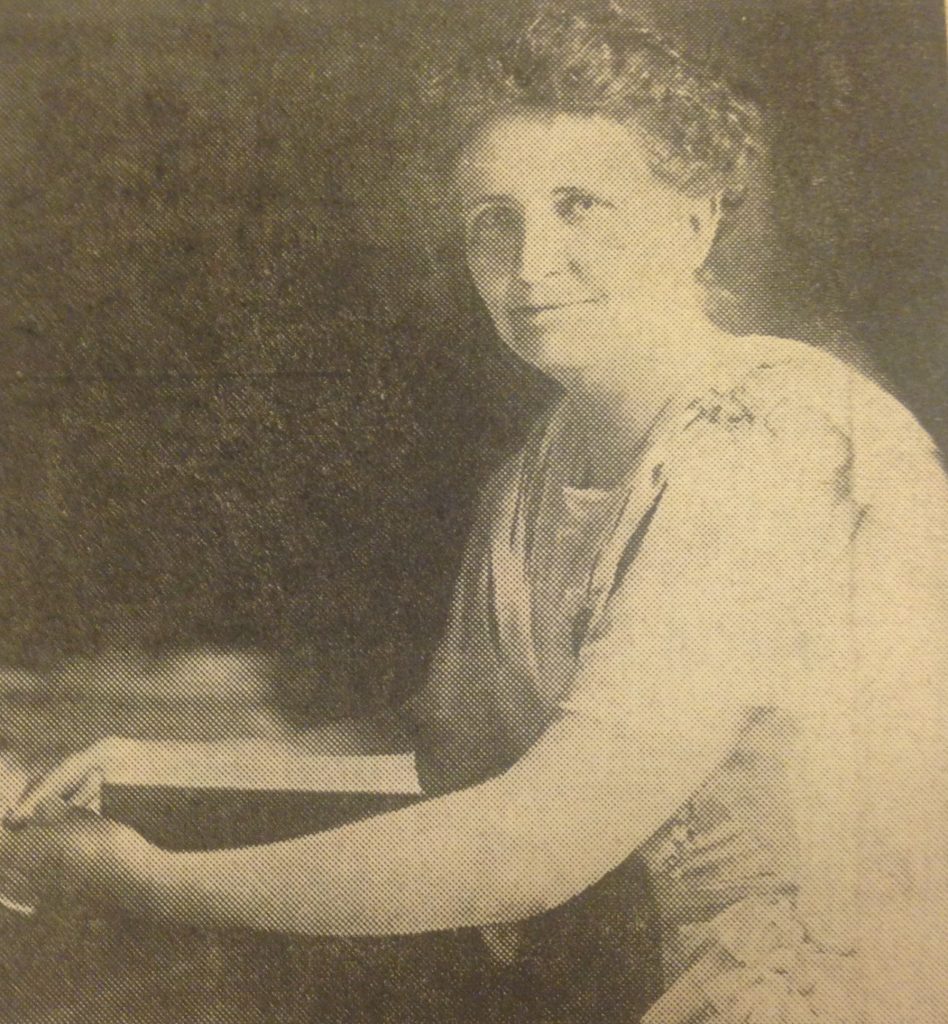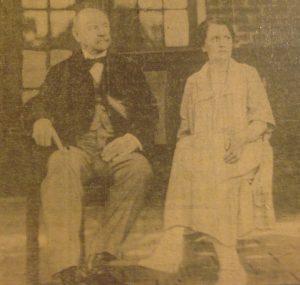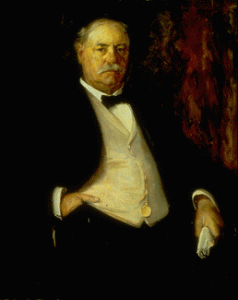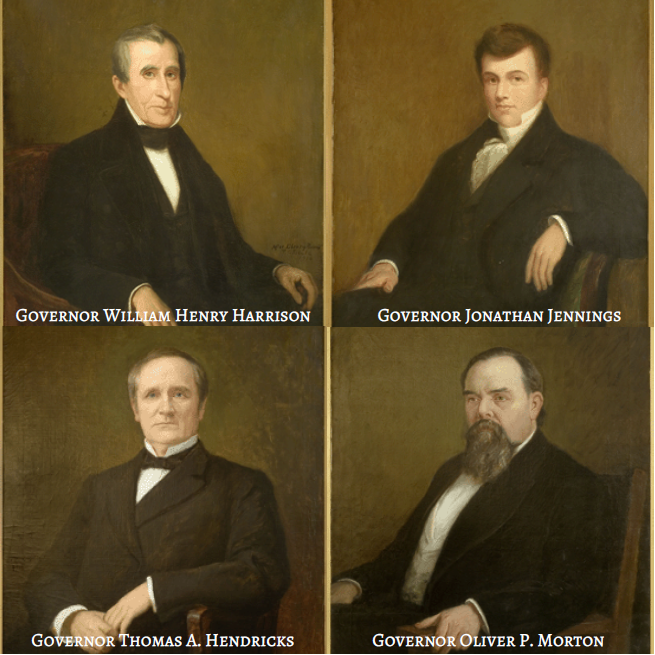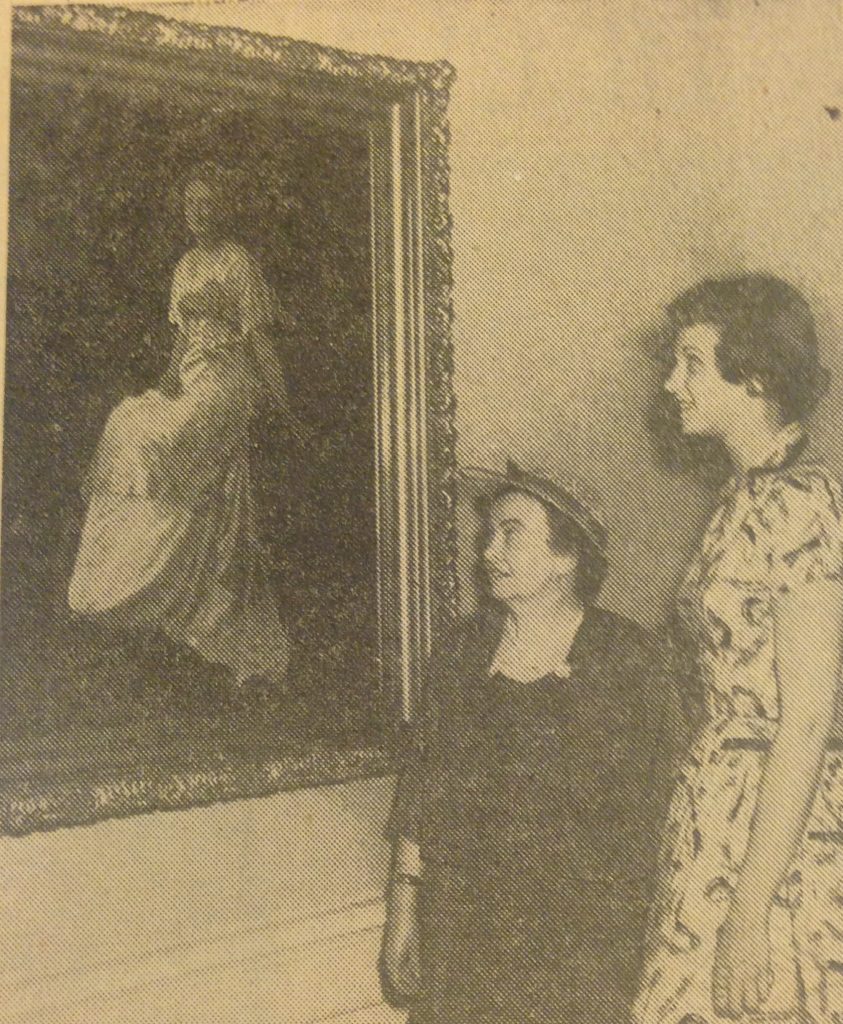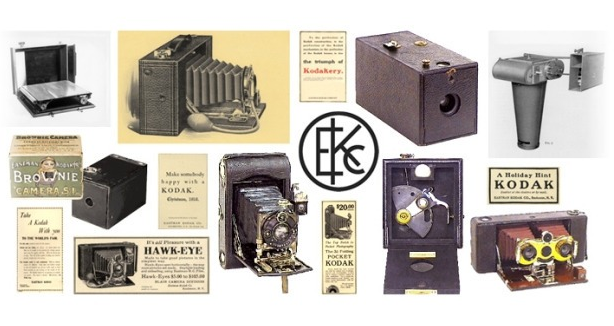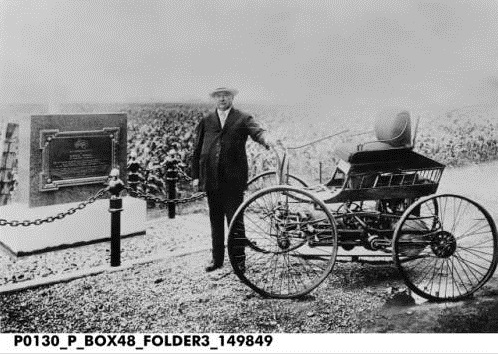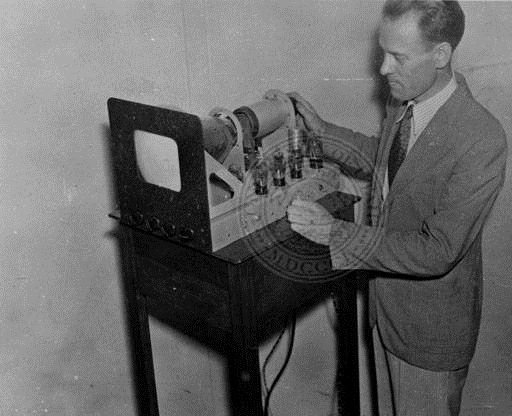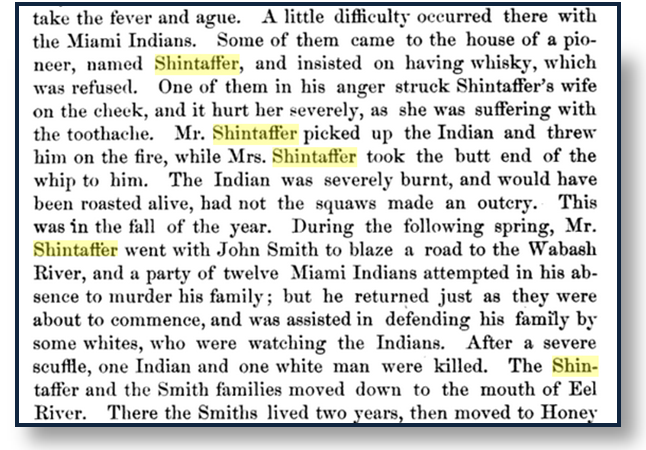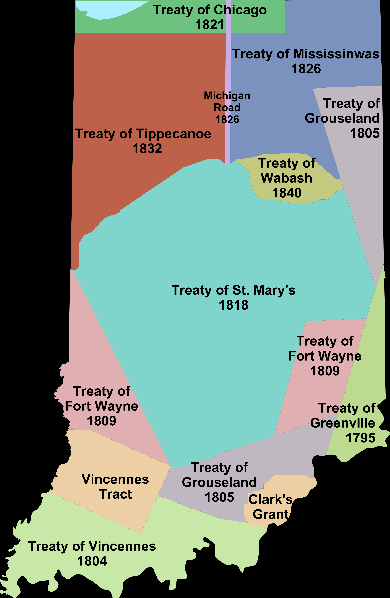Historians, Get to Work!
Women have been consistently left out of the story of the Hoosier state. On paper, historians agree that including the histories of women and other marginalized groups provides a more complete understanding of the events that shaped our communities, state, and world. However, in practice, few historians are researching, publishing, or posting on women’s history. Having identified a dearth of resources on Indiana women’s history, organizers from various institutions, both public and private, came together to develop an annual conference. This conference strives to energize the discussion of Indiana women’s history and make the papers, presentations, and other resources resulting from the conference available to all Hoosiers. This year, the Indiana Historical Bureau and the Indiana State Library will host the second annual Hoosier Women at Work Conference.

This conference also aims to address and work towards correcting the pervasive lack of resources on Indiana women’s history. Even historians sensitive to the issue often follow established practices of treating the history of government and business and military as the “real” and “significant” history. However, these are areas where women have been categorically denied entrance or discriminated against directly or through lack of education or opportunities. These areas exclude women of color, poor women, and native women even more disproportionately than white women of means. To point out our own complicity, of the over 600 state historical markers created by our agency, only thirty-nine are dedicated to women’s history. Several are simply wives or mothers of influential male notable Hoosiers, some only tangentially include women, and only ten include native women or women of color. We have work to do too.
It is essential that we, as historians who want a complete picture of the history of our state, do the work – the digging through newspapers, letters, photographs, and interviews; the comparing, analyzing, interpreting, writing, posting, and publishing; and the pushing back, organizing, and speaking up – to tell these stories at the local level. These are the stories that in turn inform the national narrative of who we are as Americans and world citizens. Half the story is missing!
Write an article, make a podcast, start a blog, edit a Wikipedia page, and join us for the Hoosier Women at Work Conference to hear speakers on a myriad of women’s topics and get inspired to contribute to the Hoosier story.

The Hoosier Women at Work 2017 Conference: Science, Technology, and Medicine
On April 1, 2017, the Indiana Historical Bureau and the Indiana State Library will host a symposium on the history of Indiana women at work in the fields of science, technology, and medicine. The one-day conference aims to expand the scholarship and ignite discussion on topics as diverse as inventors/inventions; medical breakthroughs; agriculture and technology; public health; sanitation; exposure to hazardous materials in the work place; access to medical care; hospitals; women’s access to training and employment in any of these fields; and the impact of science, technology, and medicine on complicating or improving women’s lives.
The keynote speaker is Sharra Vostral, Associate Professor of History, Purdue University and author of Under Wraps: A History of Menstrual Hygiene Technology. The conference will take place at the Indiana State Library and Historical Building in downtown Indianapolis and registration is open now. Visit www.in.gov/history/hoosierwomenatwork to register and check back for updates.

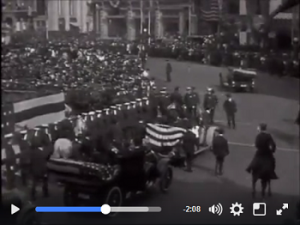


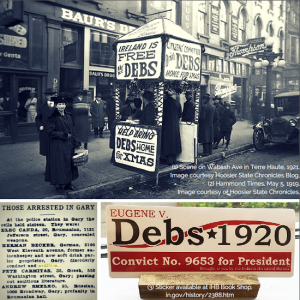
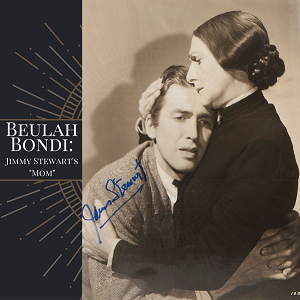

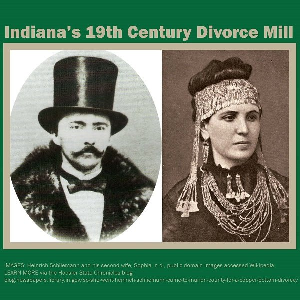
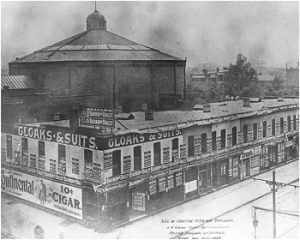
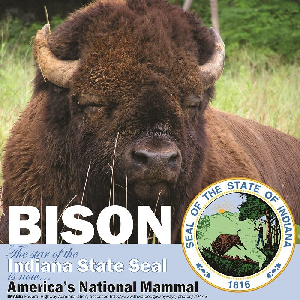
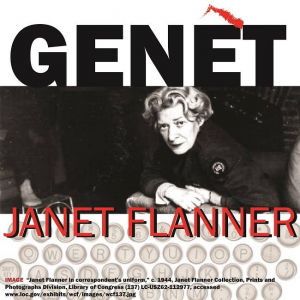
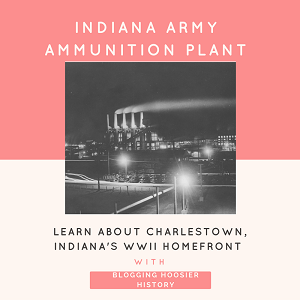
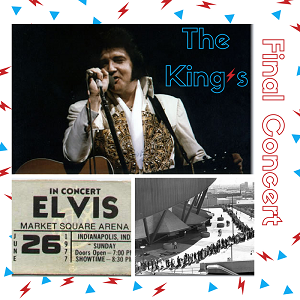
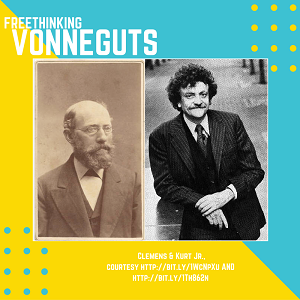
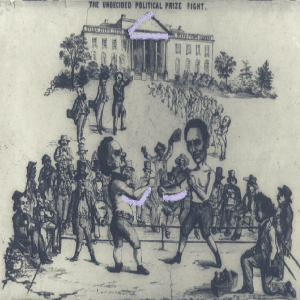
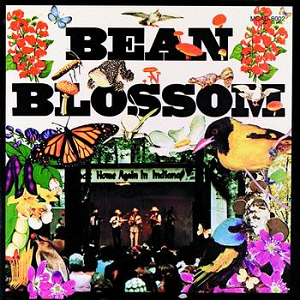
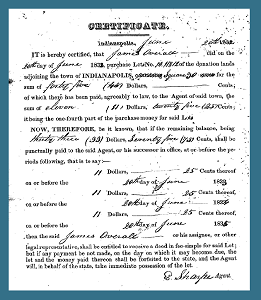
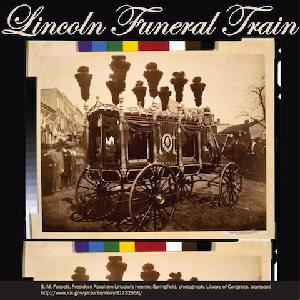
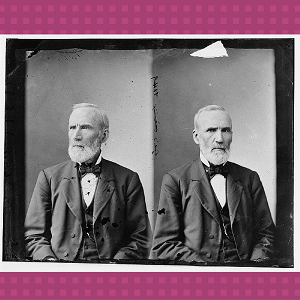
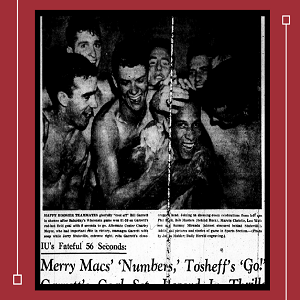
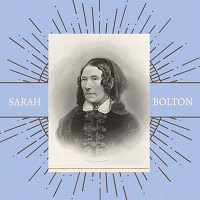 10.
10. 